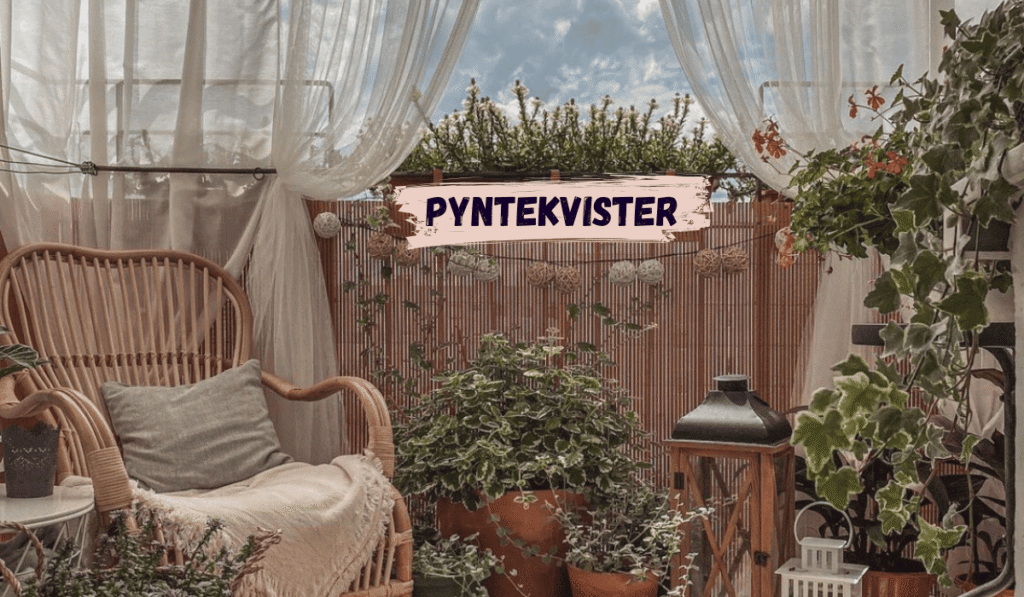Introduction: A Natural Touch That Speaks Volumes
In a world that increasingly values simplicity, calm, and connection to nature, small design choices can make the biggest emotional impact. One such quietly powerful element is the use of pyntekvister—decorative branches that bring organic structure and beauty into our homes, studios, and creative spaces.
Though the word “pyntekvister” may not be familiar to everyone, its visual presence certainly is. You’ve seen them: arranged in minimalist vases, tucked along shelves, or stretching upward in silent elegance near a sunlit window. But it is more than an aesthetic flourish. It’s an intentional design gesture that blends nature, balance, and mindfulness into modern living.
What Exactly Are Pyntekvister?
They are decorative twigs or branches—often dried, curated, or lightly styled—used to enhance interiors with organic texture, structure, and natural elegance. They can come from birch, willow, cherry blossom, eucalyptus, or any number of slender-branch plants and trees.
The word itself is of Scandinavian origin, directly translating to “decorative branches,” and reflects the region’s deep-rooted design principles of harmony, nature, and intentionality. A pyntekvist (singular) can stand alone as a minimal centerpiece or be part of a larger botanical arrangement.
The Rise of Pyntekvister in Modern Interior Design
Minimalism doesn’t mean emptiness—it means clarity. And it perfectly embody that clarity by offering a way to decorate without clutter.
Here’s why interior designers and creatives are turning to pyntekvister more than ever:
1. Natural Simplicity
A single branch in a neutral-toned vase says more than a dozen trinkets. It brings softness and earthiness without overwhelming a space.
2. Low Maintenance Beauty
Unlike fresh-cut flowers, it require no watering, trimming, or replacement. Their dried or preserved state ensures longevity and ease.
3. Seasonal Flexibility
From spring’s budding cherry blossoms to autumn’s bare birch twigs, it can shift with the seasons, reflecting natural rhythms indoors.
4. Cultural Connection
In Nordic culture, they are not just decoration—they symbolize seasonal transitions, natural cycles, and mindful living.
How to Style Pyntekvister at Home
The beauty of pyntekvister is that they don’t require complex styling rules. Still, there are a few thoughtful tips that can elevate your arrangement:
✦ Choose the Right Vessel
Opt for a vase or container with weight and balance. Ceramic, concrete, or matte glass pairs beautifully with woody branches.
✦ Keep It Asymmetrical
Allow the branches to bend, twist, and stretch naturally. Avoid forcing symmetry—imperfection is part of the charm.
✦ Pair with Texture
Place pyntekvister near contrasting materials like linen, wool, stone, or metal to enhance visual interest.
✦ Use Negative Space
Let them breathe. Pyntekvister are not meant to be crowded. Their presence is quiet, so let them speak softly.
Real-World Inspirations: Where Pyntekvister Shine
| Location | Use of Pyntekvister |
|---|---|
| Minimalist Homes | As sculptural centerpieces or shelf accents |
| Art Studios | Bringing grounding calm to creative spaces |
| Cafés & Boutiques | Enhancing ambiance with earthy elegance |
| Wedding Decor | Natural altar decor or aisle arrangements |
| Meditation Spaces | Adding organic lines without overstimulation |
Wherever they appear, pyntekvister offer visual rest—a pause in a world that rarely slows down.
The Emotional Power of Natural Decor
There’s something deeply grounding about having a piece of the outdoors inside your home.They
are not only visually appealing—they provide an emotional anchor.
- They remind us of nature’s quiet beauty.
- They signal a return to slower, simpler living.
- They align with biophilic design principles—our human need to connect with nature.
In a time when digital overstimulation is constant, a branch, bare and still, becomes more than décor—it becomes a symbol of calm.
How to Source or Create Your Own Pyntekvister
You don’t have to buy pre-packaged branches from a decor store (though they are available). Here’s how to make your own pyntekvister:
- Forage Mindfully: Walk through local forests, gardens, or parks and collect naturally fallen branches. Always follow local guidelines and respect living plants.
- Dry Them Carefully: Stand the branches upright in a dry, warm space for 1–2 weeks.
- Trim Gently: Use garden shears to cut to your desired height or shape.
- Optionally Paint or Treat: A light coat of matte paint or natural oil can preserve and stylize the branches to your taste.
The Versatility of Pyntekvister Across Seasons
Unlike fleeting floral arrangements, it transition beautifully throughout the year:
- Spring: Add pastel buds or wrap in silk ribbon
- Summer: Display in clear glass with seashells at the base
- Autumn: Mix with dried leaves or acorns
- Winter: Spray with white paint or glitter for frosted elegance
No matter the season, pyntekvister adapt—yet always maintain their natural grace.
Final Thoughts: Why Pyntekvister Belong in Modern Life
In a society drawn to overconsumption and busy aesthetics, it offer a return to quiet, meaningful beauty. They’re a gentle reminder that not all decor needs to be loud. Some of it can whisper.
So the next time your space feels chaotic or uninspired, consider placing a branch—just one. Let it stand alone, unapologetically simple. That’s the soul of pyntekvister.
Frequently Asked Questions (FAQs)
Q1: What does “pyntekvister” mean?
It is a Scandinavian term meaning “decorative branches.” They are used in minimalist and natural interior styling for their elegance and simplicity.
Q2: Are pyntekvister real branches or artificial?
They can be either, but most pyntekvister are real, dried branches selected for their visual appeal and longevity.
Q3: How long do pyntekvister last?
Dried it can last months or even years with minimal care, especially if kept away from direct sunlight and moisture.
Q4: Where can I use pyntekvister?
They work beautifully in vases, wall arrangements, shelf décor, or even as event decorations like weddings or seasonal displays.

